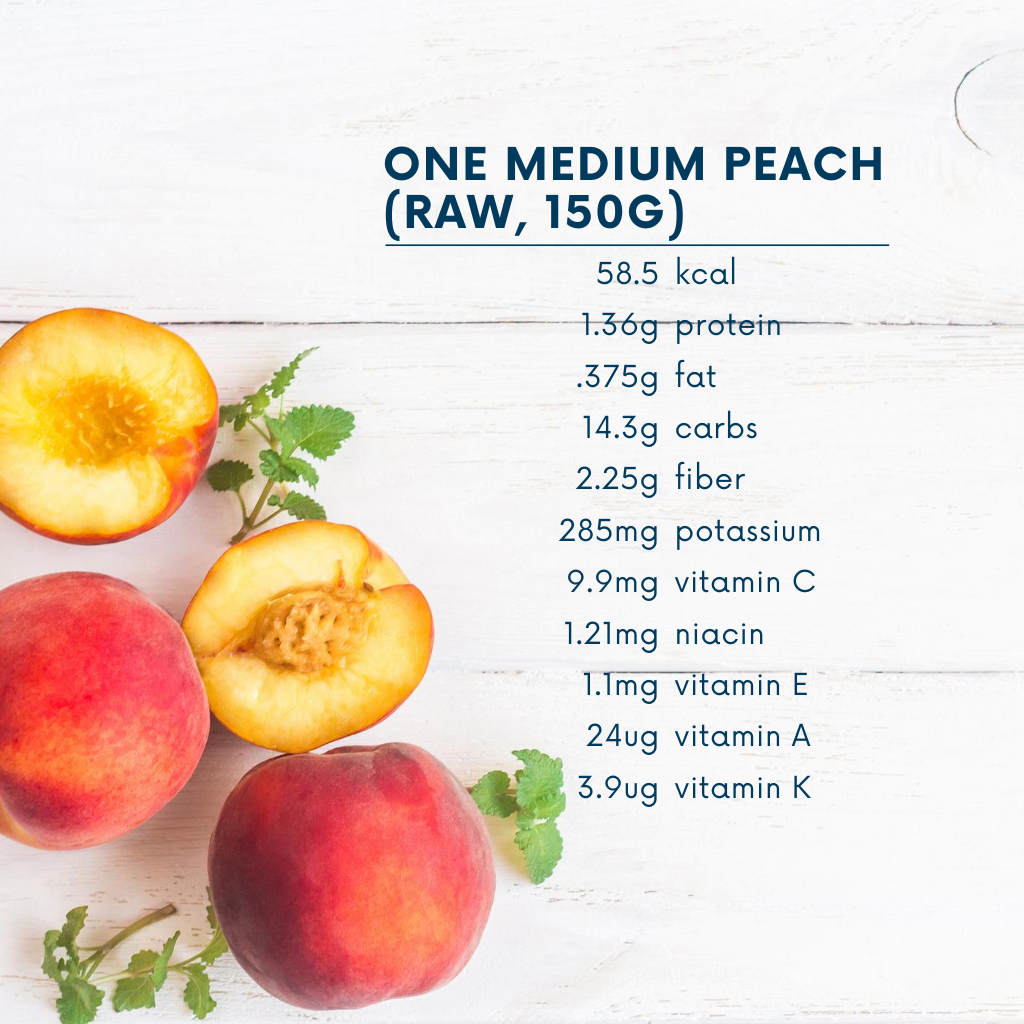With spring beginning, fruit is about to be back in season and eating grapefruit provides a great source of nutrients, while still tasting sweet!
Grapefruit makes up a large portion of the citrus industry in Texas. Since most of Texas typically offers a warm climate, fertile soils and lots of sun, grapefruit thrives in these environments. However, they grow best commercially in the lower Rio Grande Valley. Grapefruit production in Texas in 2019-2020, was up two percent from the 2018 season, boxing around 6.20 million boxes.
Do you know why we named this fruit “grapefruit”? It is because grapefruit grows in clusters like grapes. Grapefruits are typically not grown from seeds, but from grafting. This is due to disease and low fruit production. Grafting is where two or more plants are joined and grown as a single plant. Grapefruit trees usually take three years before they begin to produce a sufficient amount of fruit. Grapefruit trees can produce large amounts of fruit; a 10-year-old tree might produce 250 pounds of grapefruit!
Current dietary recommendations encourage us to eat one to two cups (depending on age, sex and level of phyiscal activity) of fruit each day as part of a healthy diet. A medium grapefruit accounts for one cup of fruit, while offering a tasty source of vitamin C, vitamin A, and potassium – all for less than 130 calories!
Eating grapefruit is an easy, yet tasty way to receive loads of nutrients! They make a tasty snack and can be added to salads, entrees and desserts.
Extension Specialist
Contact: Dr. Larry Stein
Phone: 830.278.9151
Email: Larry.Stein@ag.tamu.edu



